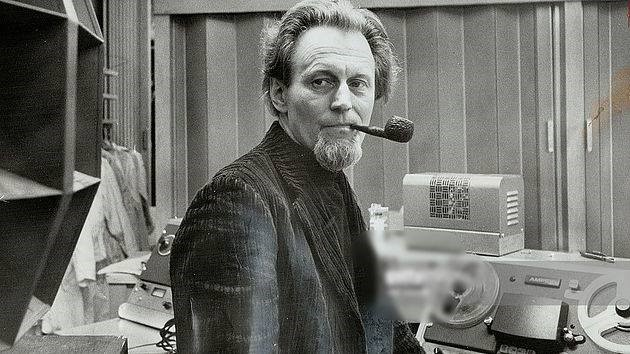1. Introduction To Udo Kasemets
Udo Kasemets was an Estonian born composer who migrated to Toronto, Canada in 1951. Working as a music critic and teacher, Kasemets embraced the new musical thinking of the mid 20th century and became an important force in the New and Experimental music scene in North America. Deeply influenced by John Cage’s book Silence in 1961, Kasemets’ compositions took on characteristics concerned with aleotoricism, systems art, new technology and mixed media. His work as an organizer and promoter of new music included the notable events Men, Minds, and Music (1963), Issac’s Gallery (1965-1967) and SightSoundsSystems (1968) as well as the publication of Canavangard (1967-1970), a collection of graphic scores from fifty North American composers. Furthermore, Kasemets had close connections with several of the avant-garde artists and composers of his time including John Cage, James Teeney, and members of the ONCE collective,
Kasemets’ music is best described as pertaining to systems art and/or fractal music. Several of his scores feature text or graphics elements which are designed to form the structure of the work. However, the structures created by Kasemets are elastic and contain the possibility of random output, even though the systems put in place are rigidly defined. Adopting similar approaches from the experiments of John Cage, Kasemets’ often pursues compositional designs which are extracted from the Chinese Book of Changes. Throughout his five decade long career, Kasemets experimented with several approaches, but nonetheless consistently focused on the aleotoric behavior of complex systems which can be found as part of our everyday life, nature, and culture.
Additionally, many of Kasemets’ works incorporate the use of electronic instruments, ranging from sine wave generators to modular synthesizers. The pieces included in this research feature cassette players, modular synthesizers, mixing desks, tape machines, computer card sorters, projectors, lighting desk, and devices for amplification of acoustic sounds. Kasemets was interested in pursuing themes concerning mixed media and audience interaction, exemplified by one of the pieces under investigation in this research, Tt. His desire to pursue the new embraced the field of Live Electronics, and several pieces written for such instruments can be found in every period of his career.
